Lime Tree Grafting - Budding Lime Trees To Propagate
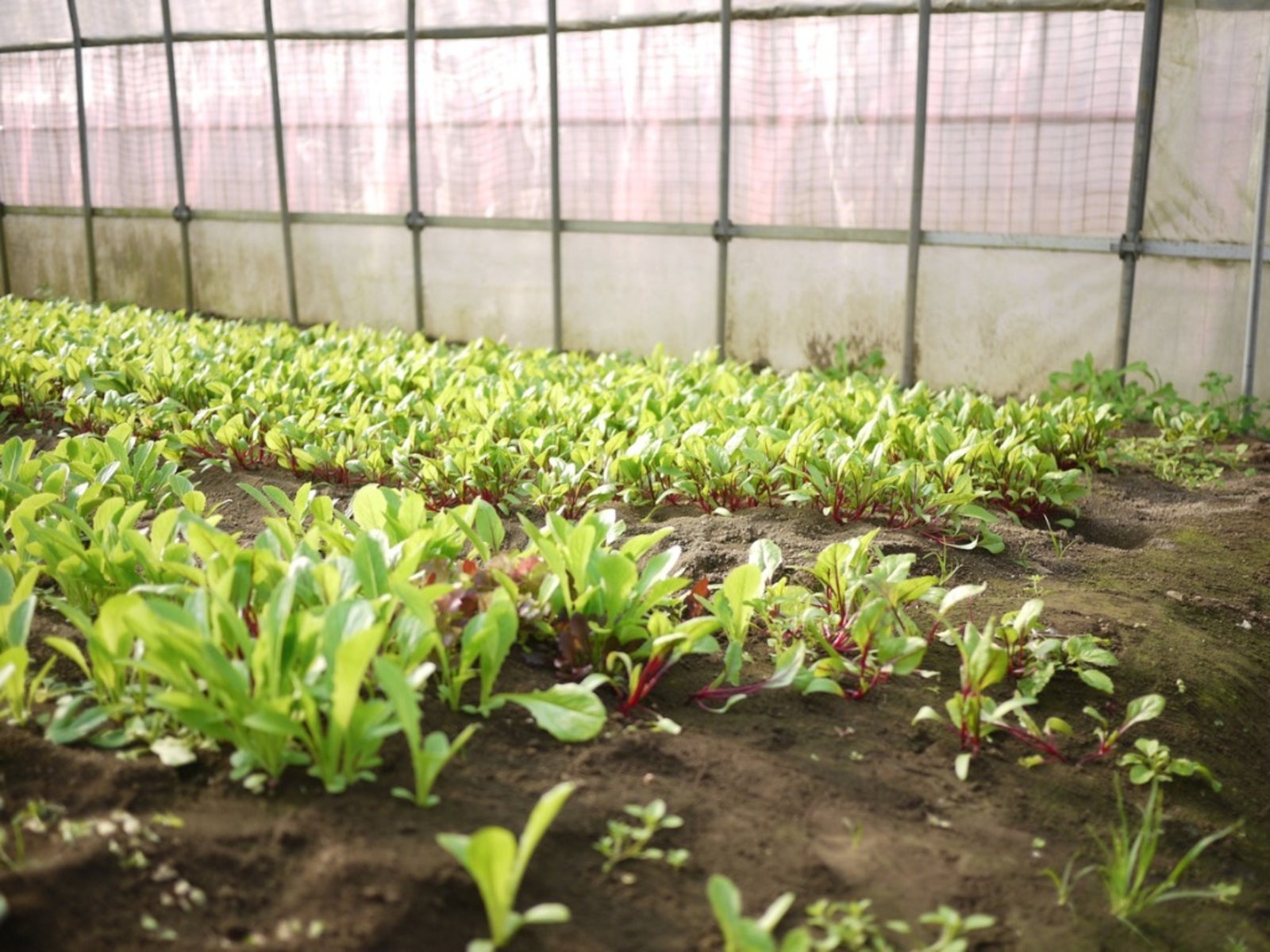

Plants are propagated in many ways whether by seed, cuttings, or by grafting. Lime trees, which can be started from hardwood cuttings, are generally propagated from budding a tree or bud grafting instead. Grafting a lime tree using the budding method is easy to do, once you know how. Let's look at the steps to budding lime trees.
Steps for Budding a Tree
- When to perform lime tree grafting- Lime tree grafting is best done in the early spring. At this time the bark on the tree is loose enough to allow for easy separation of the bud from the mother plant and there will not be any concern of frost or premature growth of the bud while it heals.
- Choose the rootstock and the budwood plant for lime tree grafting- The rootstock for budding lime trees should be a variety of citrus that does well in your area. Sour orange or rough lemons are the most common, but any hardy variety of citrus trees will do for rootstock when bud grafting a lime tree. The rootstock plant should be young, but at least 12 inches (31 cm.) tall. The budwood plant will be the plant you will be budding a lime tree from.
- Prepare the rootstock for the lime tree budwood- When budding a tree you will use a sharp, clean knife to cut the rootstock about 6 inches (15 cm.) above the root line. You will make a "T" that is 1 inch (2.5 cm.) long, so that two triangular flaps of bark can be peeled back. Cover the cut with a damp cloth until you are ready to insert the bud. It is very important to keep the rootstock's wound damp until you are done grafting a lime tree.
- Take bud from desired lime tree- Choose a bud (as in a potential stem bud, not a flower bud) from the desired lime tree to use as the budwood for budding the lime tree. With a sharp, clean knife slice away a 1 inch (2.5 cm.) sliver of the bark with the chosen bud in the center. If the bud will not immediately be put in the rootstock, wrap it carefully in a damp paper towel. The budwood must not dry out before it is placed on the rootstock.
- Place the budwood on the rootstock to complete the lime tree grafting- Fold back the bark flaps on the rootstock. Place the budwood sliver in the bare spot between the flaps, making sure it is pointing the right way so that the bud will grow in the right direction. Fold the flaps over the budwood sliver, covering as much of the sliver as possible, but leaving the bud itself exposed.
- Wrap the bud- Secure the bud to the rootstock using grafting tape. Wrap tightly both above and below the rootstock, but leave the bud exposed.
- Wait one month- You will know after a month if budding the lime is successful. After a month, remove the tape. If the bud is still green and plump, the graft was successful. If the bud is shriveled, you will need to try again. If the bud took, cut away the rootstock stem 2 inches (5 cm.) above the bud to force the bud to leaf out.
Gardening tips, videos, info and more delivered right to your inbox!
Sign up for the Gardening Know How newsletter today and receive a free copy of our e-book "How to Grow Delicious Tomatoes".

Heather Rhoades founded Gardening Know How in 2007. She holds degrees from Cleveland State University and Northern Kentucky University. She is an avid gardener with a passion for community, and is a recipient of the Master Gardeners of Ohio Lifetime Achievement Award.
-
 Moody Blooms For Spring: 8 Types Of Black Flowers To Add Drama To Spring Displays
Moody Blooms For Spring: 8 Types Of Black Flowers To Add Drama To Spring DisplaysFrom midnight burgundies to inky violets, several types of black flowers can enrich and embolden a spring display. Try these brooding bloomers for a moody garden
By Tonya Barnett
-
 Can Snake Plants Live Outside? Everything You Need To Know For Snake Plants Al Fresco
Can Snake Plants Live Outside? Everything You Need To Know For Snake Plants Al FrescoSnake plants can live outside given the right conditions, but be careful that they don't take over! Learn the best way to use snake plants in your landscape.
By Mary Ellen Ellis
-
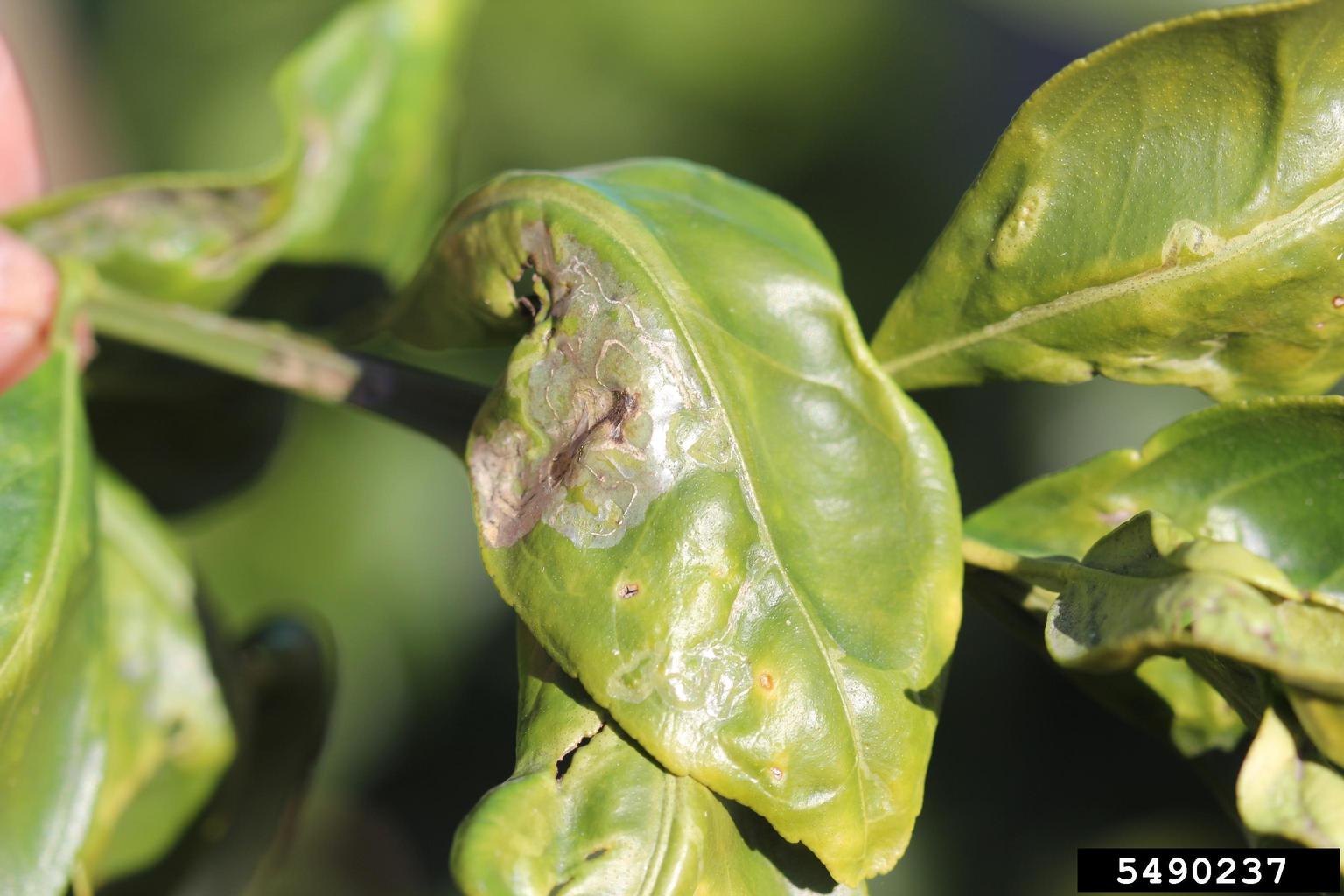 Lime Tree Leaf Curl: What Causes Curling Leaves On Lime Trees
Lime Tree Leaf Curl: What Causes Curling Leaves On Lime TreesYour lime leaves are curling and you have no idea where to start treating them. Have no fear, there are many innocent causes of leaf curl on lime trees. Learn what to look for and how to handle common lime tree leaf curl problems in this article.
By Kristi Waterworth
-
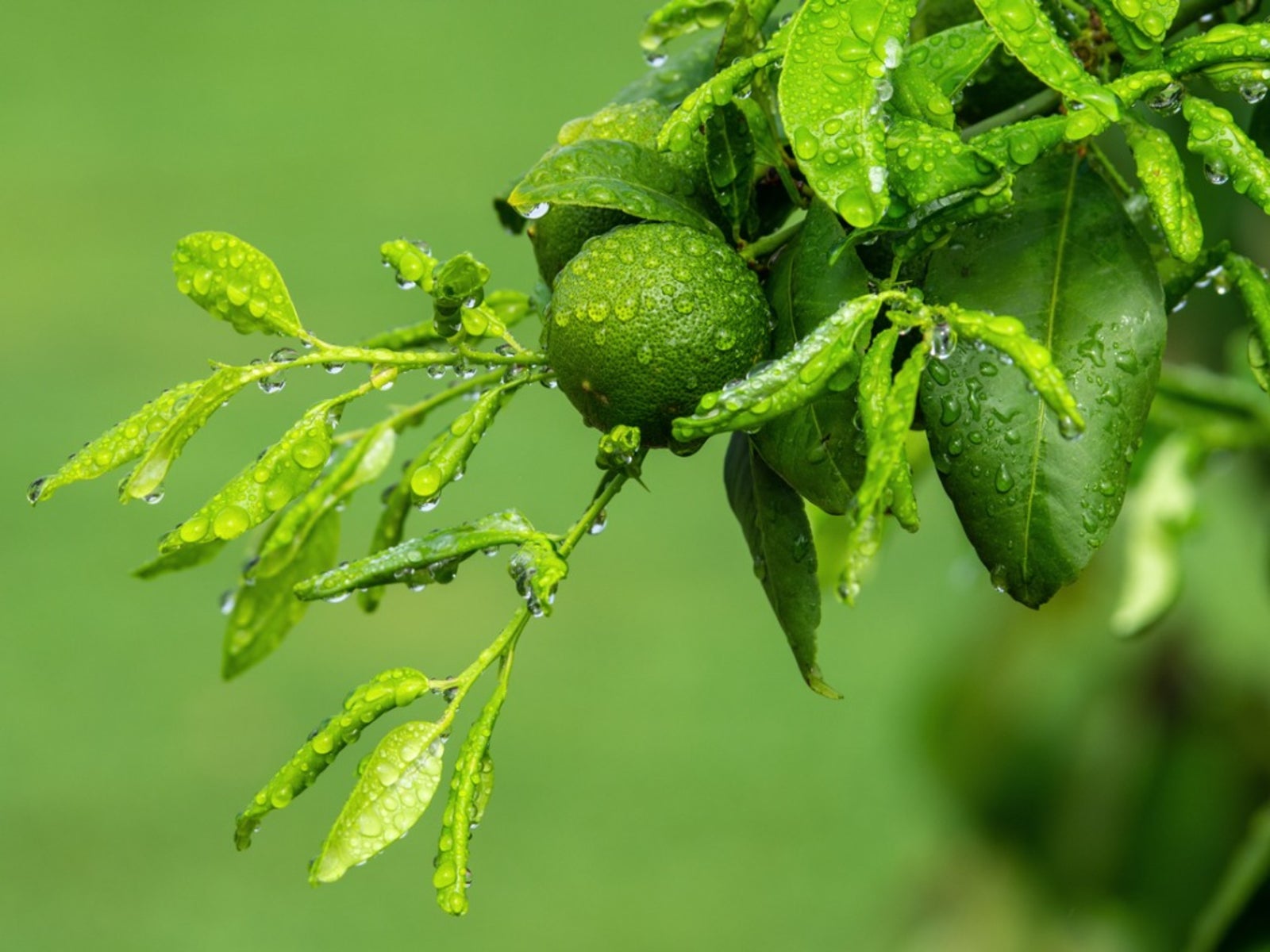 Fertilizing Lime Trees – Learn How To Fertilize A Lime Tree
Fertilizing Lime Trees – Learn How To Fertilize A Lime TreeGot a lime tree? Wondering how to fertilize your lime tree? Lime trees, like all citrus, are heavy feeders and, therefore, need supplemental fertilizer. But the question is, when do you fertilize lime trees? Click here and find out in this article.
By Amy Grant
-
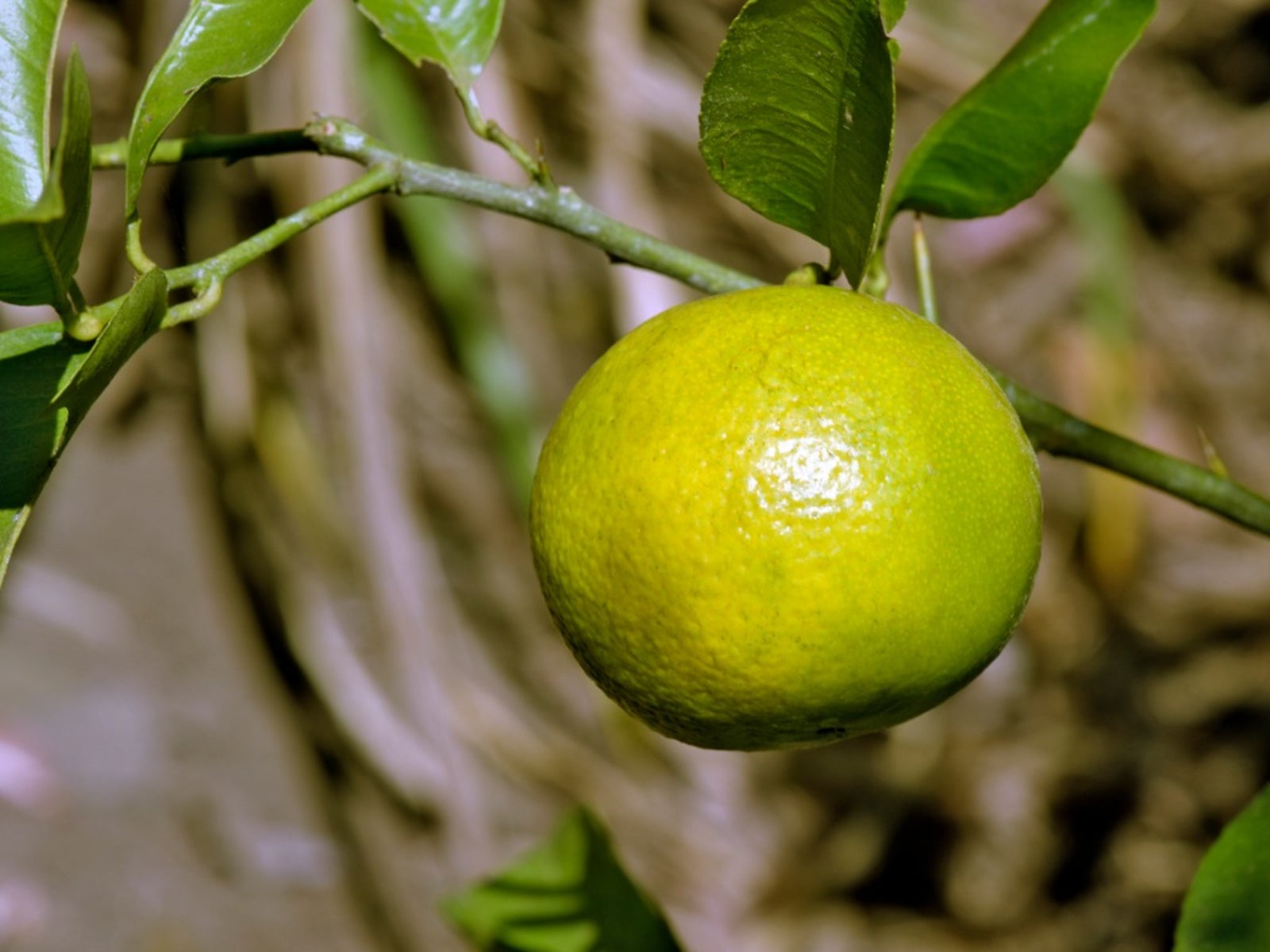 Sweet Lime Varieties – Sweet Lime Tree Growing And Care
Sweet Lime Varieties – Sweet Lime Tree Growing And CareThere's a new citrus on the block! Okay, it isn't new, but fairly obscure in the United States. We're talking sweet limes. Yes, a lime that is less tart and more on the sweet side. Intrigued? This article contains additional information.
By Amy Grant
-
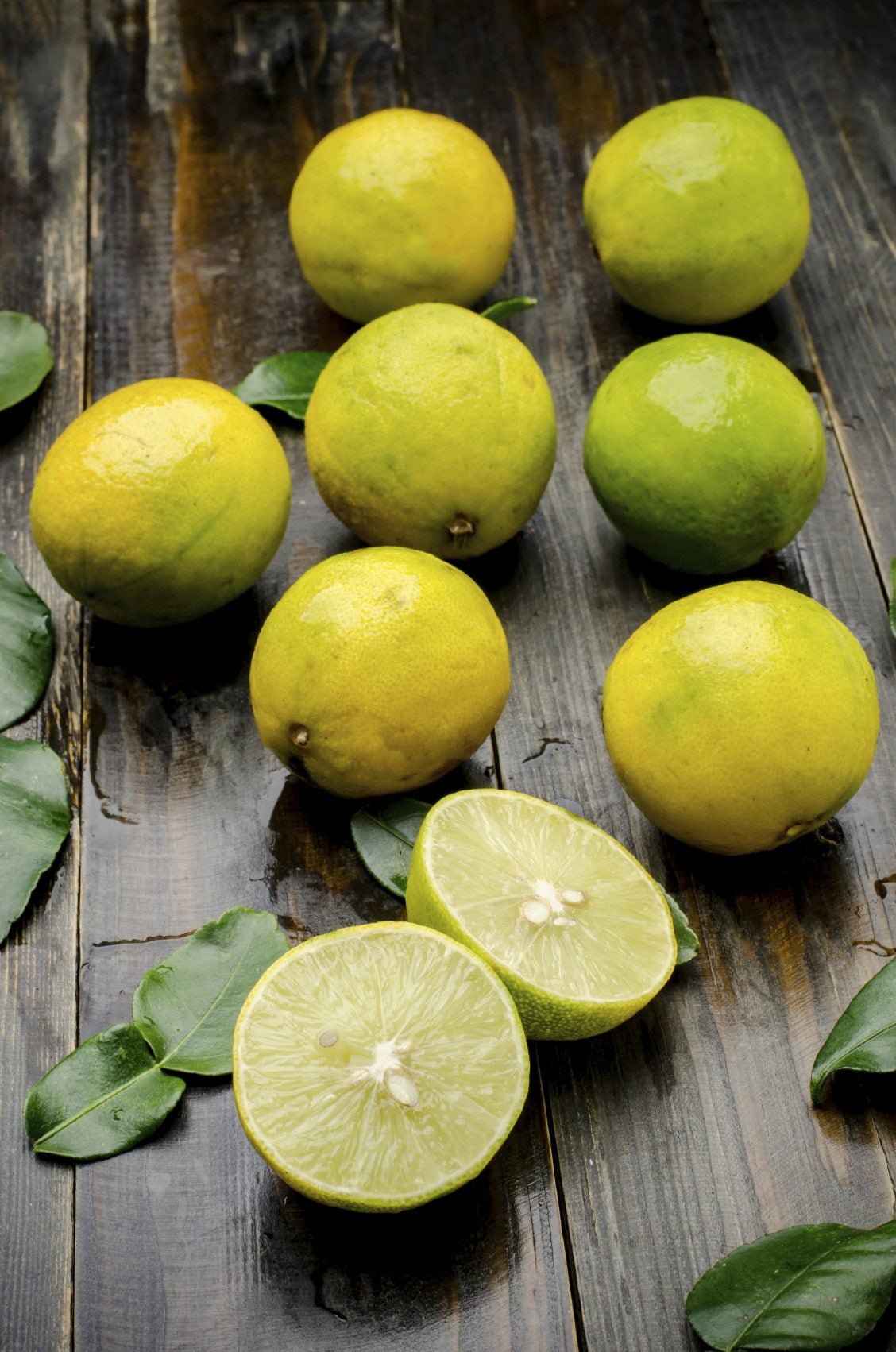 Are Yellow Limes Bad: What To Do With Yellow Limes
Are Yellow Limes Bad: What To Do With Yellow LimesWhen we purchase limes, they are generally fairly firm but with a slight give and uniformly green in color. What happens if you encounter limes with yellow skin though? Are yellow limes bad? Click here to learn more.
By Amy Grant
-
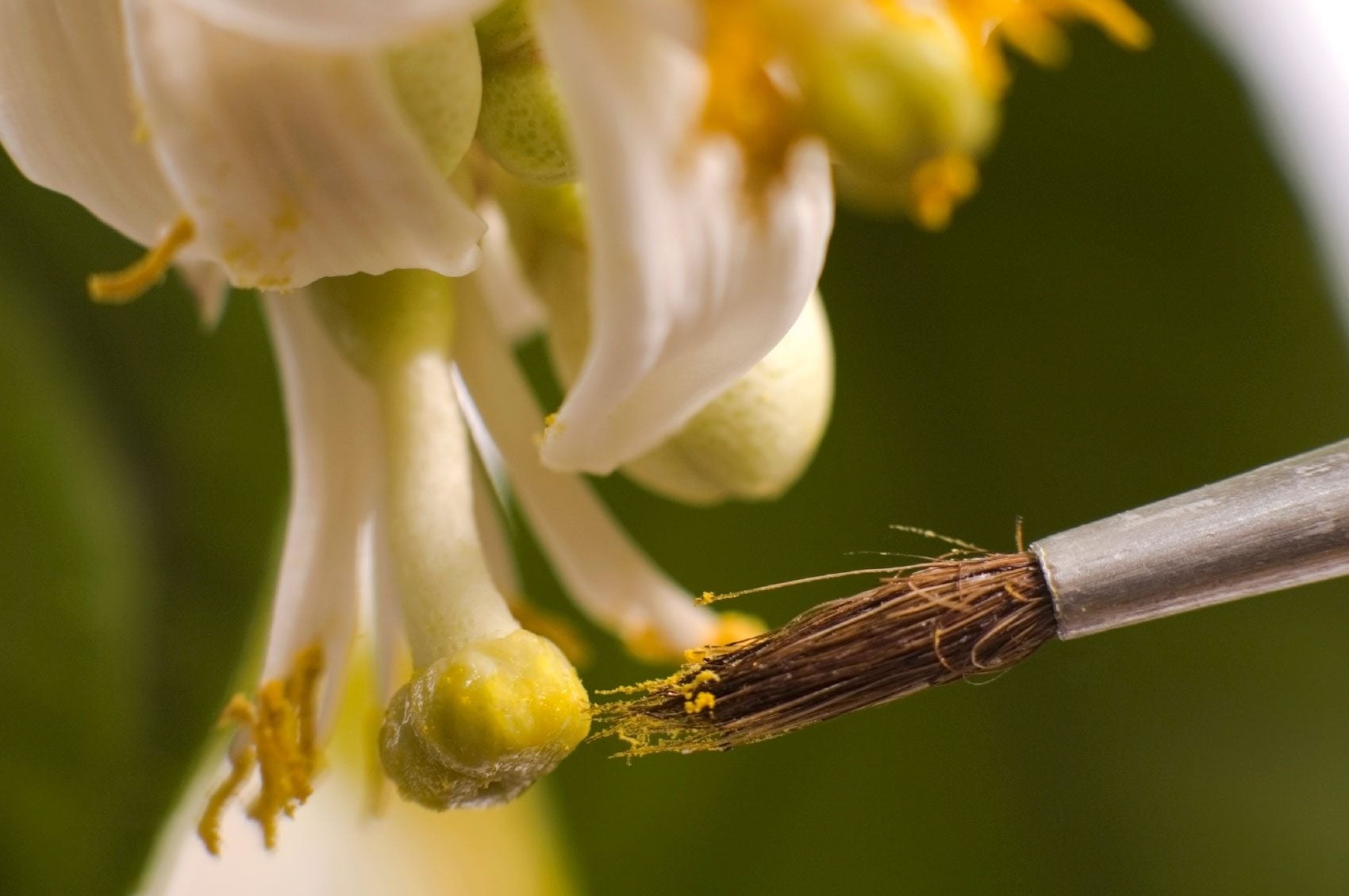 Hand Pollinating Lime Trees: How To Hand Pollinate A Lime Tree
Hand Pollinating Lime Trees: How To Hand Pollinate A Lime TreeIs your lime tree less than stellar in the pollination department? If your yield is meager, perhaps you have wondered if you can hand pollinate limes? This article will help you with hand pollination of lime trees.
By Amy Grant
-
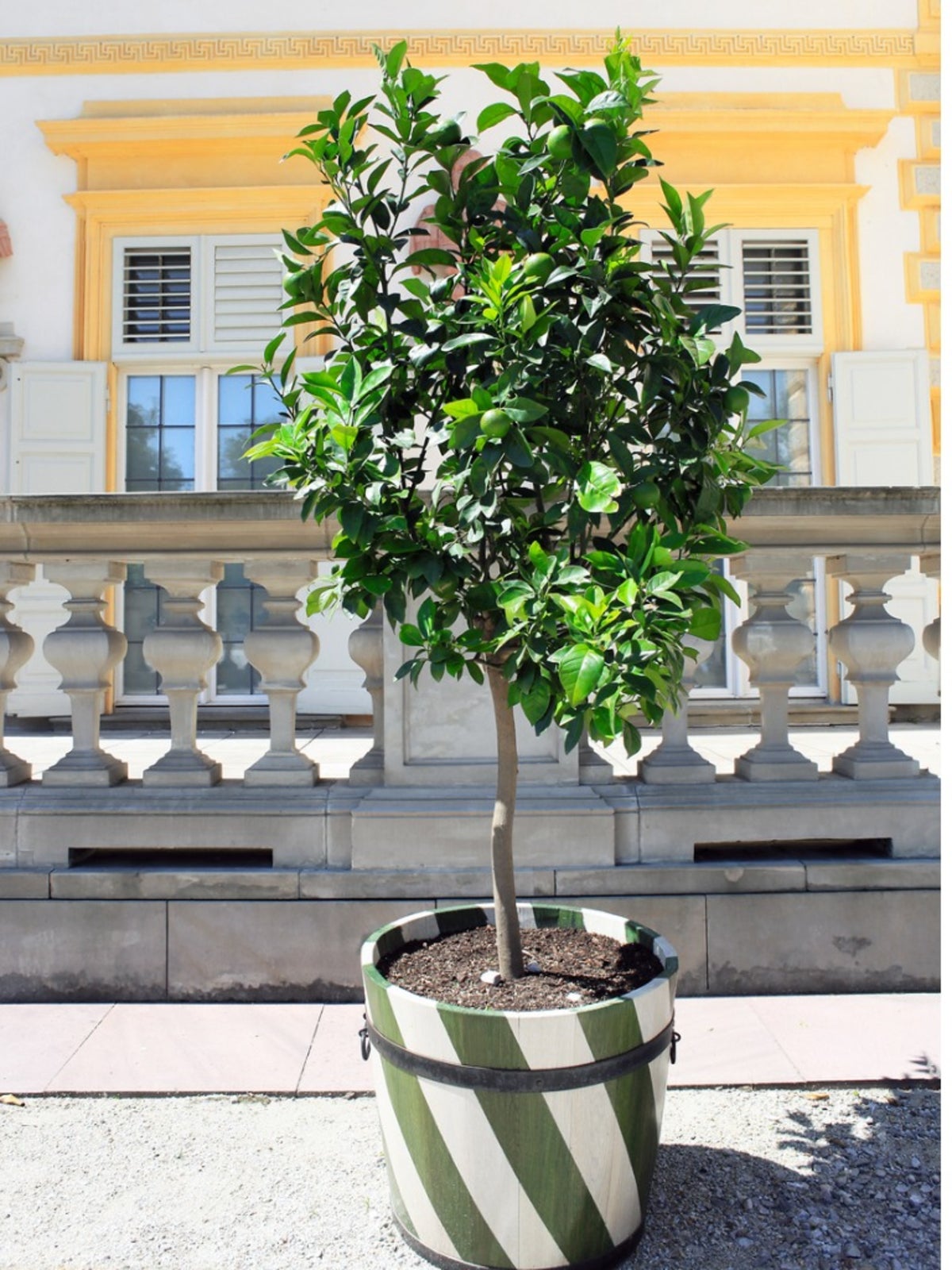 Potted Lime Trees: Caring For Container Grown Lime Trees
Potted Lime Trees: Caring For Container Grown Lime TreesGrowing lime trees in pots have the advantage of ease of movement and protection from cold. The information in this article will help with growing a potted lime tree. Click here to learn more.
By Amy Grant
-
 Watering Limes: How Much Water Do Lime Trees Need In Containers
Watering Limes: How Much Water Do Lime Trees Need In ContainersPlanting limes in pots will enable you to move them around more easily and grow them in cooler climates - but watering is crucial. How much water will these lime trees need? Read this article to find out.
By Amy Grant
-
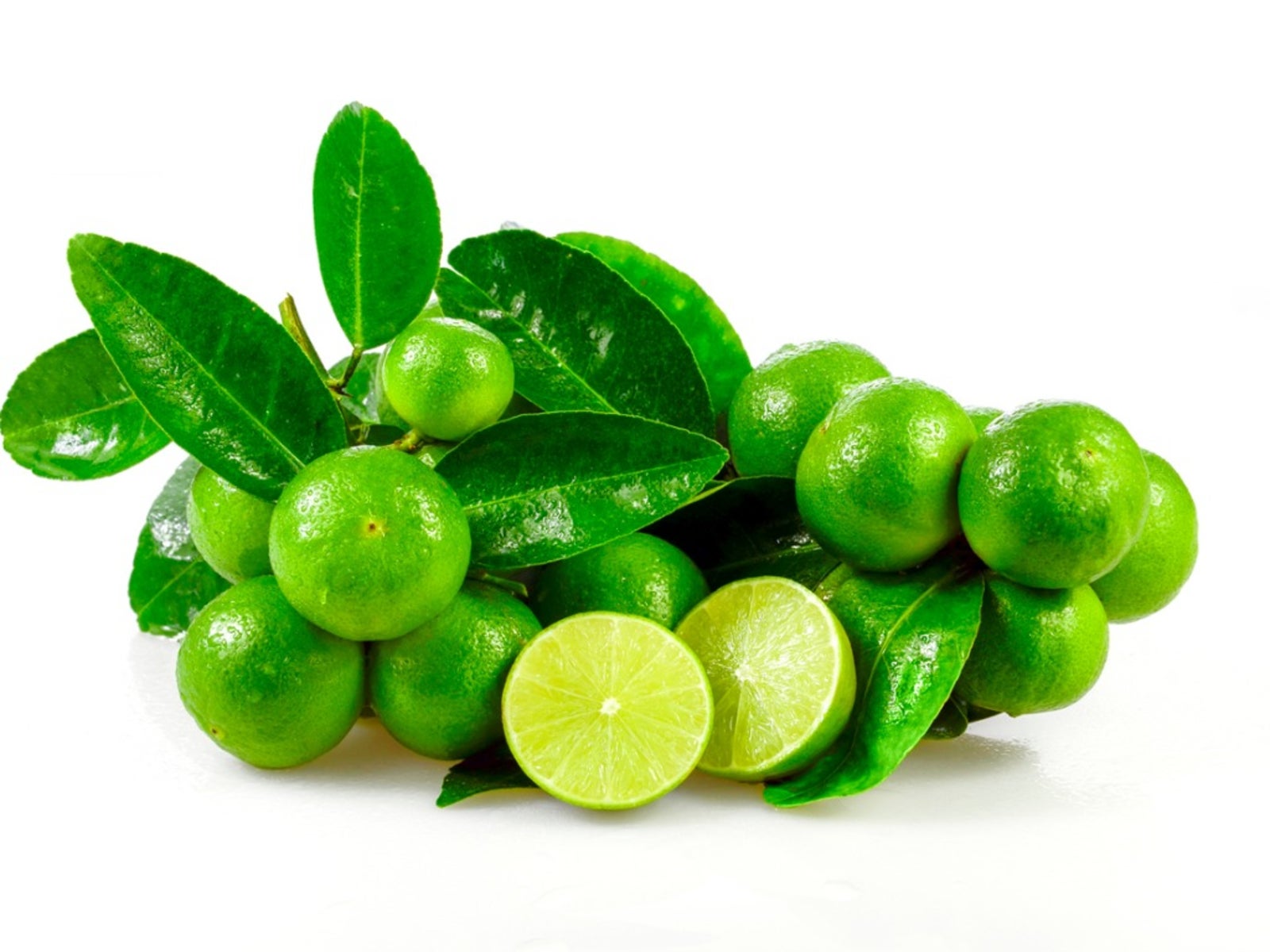 Mexican Key Lime Tree Information: Tips For Growing Key Limes
Mexican Key Lime Tree Information: Tips For Growing Key LimesAlmost anyone can grow Mexican key lime trees if you have the right information. Take a look at the growth and care of key lime trees in the following article and see if this lime tree variety is right for you.
By Gardening Know How